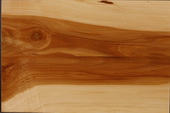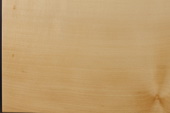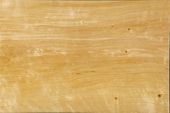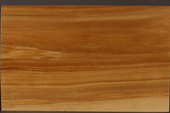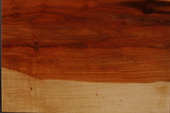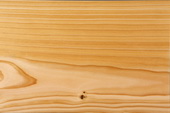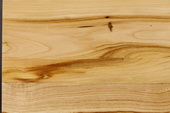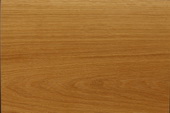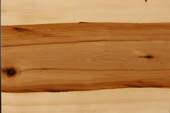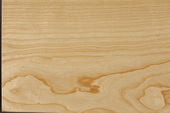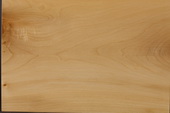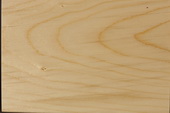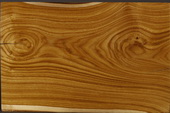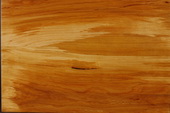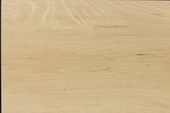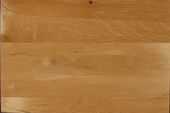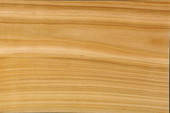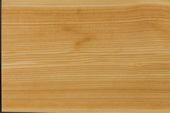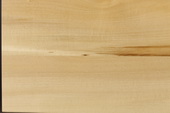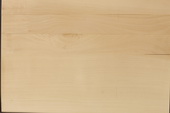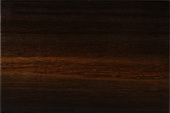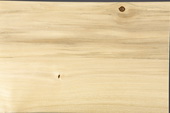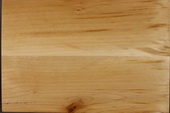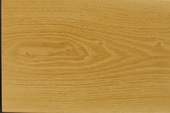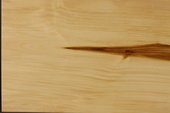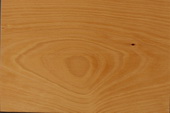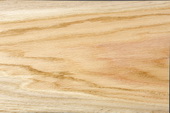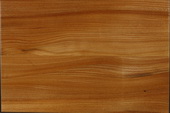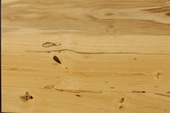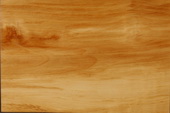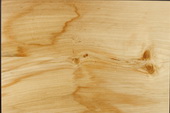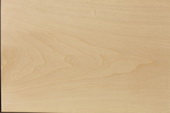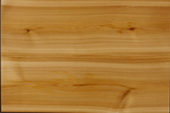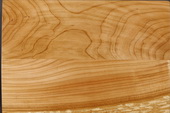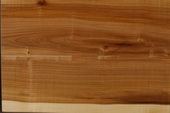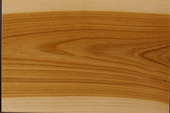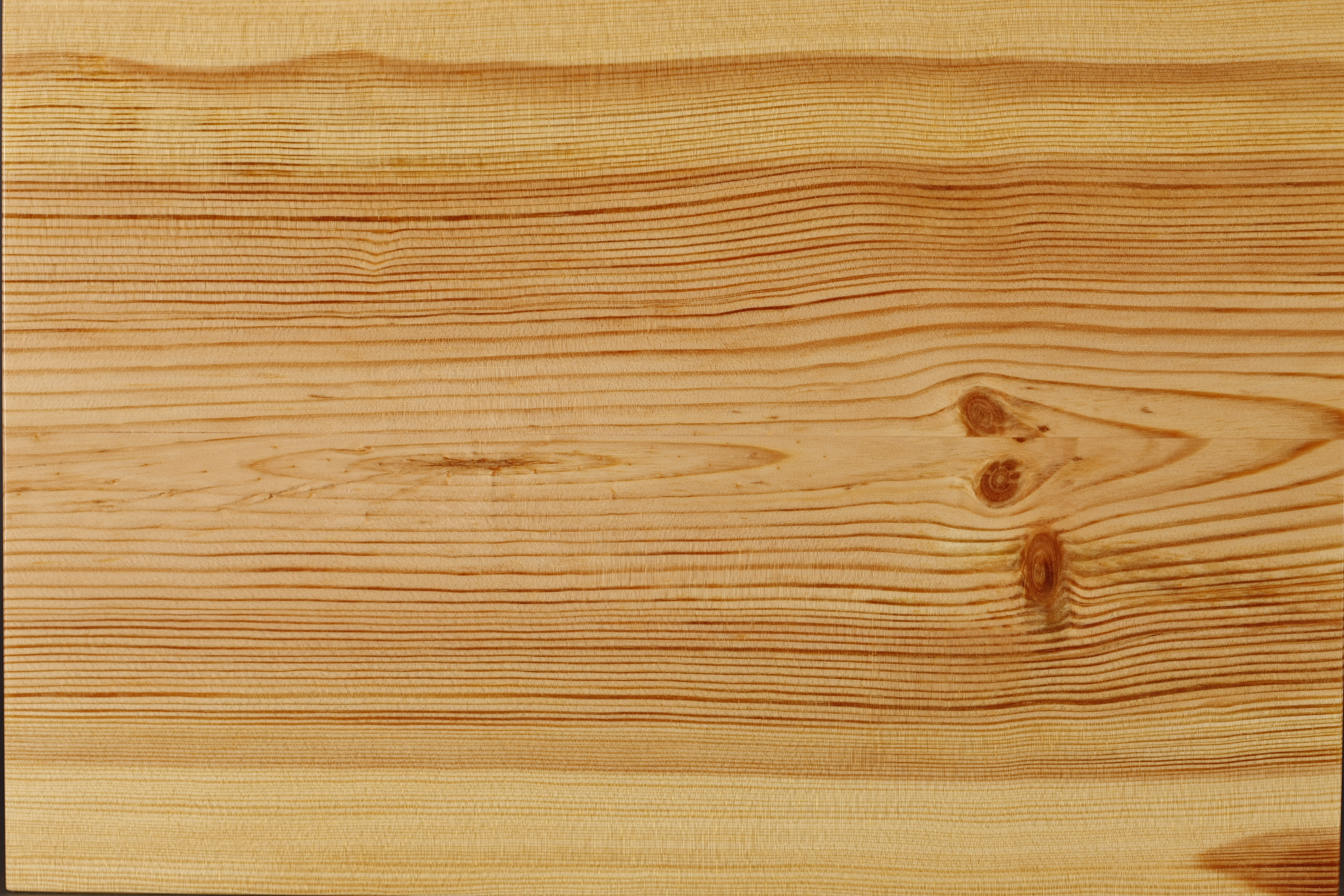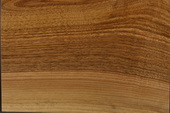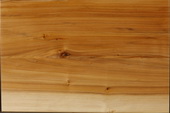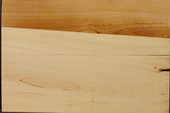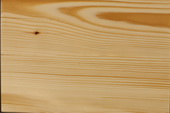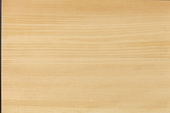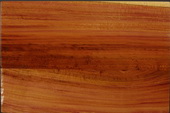Unsere heimischen Hölzer/en : Différence entre versions
(Die Seite wurde neu angelegt: „Do we really need tropical wood or wood from primeval forests to live in a beautiful and stylish way?“) |
(Die Seite wurde neu angelegt: „See for yourself the variety and beauty of native wood species from our sustainably managed forests. Most people only know our main tree species such as spruce…“) |
||
| Ligne 6 : | Ligne 6 : | ||
Do we really need tropical wood or wood from primeval forests to live in a beautiful and stylish way? | Do we really need tropical wood or wood from primeval forests to live in a beautiful and stylish way? | ||
| − | + | See for yourself the variety and beauty of native wood species from our sustainably managed forests. Most people only know our main tree species such as spruce, pine, oak or beech. If you want diversity in the managed native forest, you have to use this diversity in the regions, too, because in managed forests, it is mainly those tree species that are planted and cared for that can be set down. This in turn requires a diversity of different buyers and processing companies in our regions. A monostructured timber industry leads to monostructured forests. | |
| − | + | Our managed "old sustainable forests" in Europe are by no means comparable with wood from monostructured plantations in the tropics (even if they are managed sustainably). | |
Bedenken Sie aber, auch potentiell in unseren Wäldern vorkommende Holzarten können sehr weite Wege hinter sich haben. Fragen Sie deshalb bei Ihrem nächsten Holzeinkauf immer nach einem echten Nachweis für die kurzen klimafreundlichen Wege. | Bedenken Sie aber, auch potentiell in unseren Wäldern vorkommende Holzarten können sehr weite Wege hinter sich haben. Fragen Sie deshalb bei Ihrem nächsten Holzeinkauf immer nach einem echten Nachweis für die kurzen klimafreundlichen Wege. | ||
Version du 28 avril 2020 à 23:46
Exploring the beauty of domstic timber !
Do we really need tropical wood or wood from primeval forests to live in a beautiful and stylish way?
See for yourself the variety and beauty of native wood species from our sustainably managed forests. Most people only know our main tree species such as spruce, pine, oak or beech. If you want diversity in the managed native forest, you have to use this diversity in the regions, too, because in managed forests, it is mainly those tree species that are planted and cared for that can be set down. This in turn requires a diversity of different buyers and processing companies in our regions. A monostructured timber industry leads to monostructured forests. Our managed "old sustainable forests" in Europe are by no means comparable with wood from monostructured plantations in the tropics (even if they are managed sustainably).
Bedenken Sie aber, auch potentiell in unseren Wäldern vorkommende Holzarten können sehr weite Wege hinter sich haben. Fragen Sie deshalb bei Ihrem nächsten Holzeinkauf immer nach einem echten Nachweis für die kurzen klimafreundlichen Wege.
Holzbilder: HOLZ VON HIER
Gallerie - eine Auswahl heimischer Holzarten

